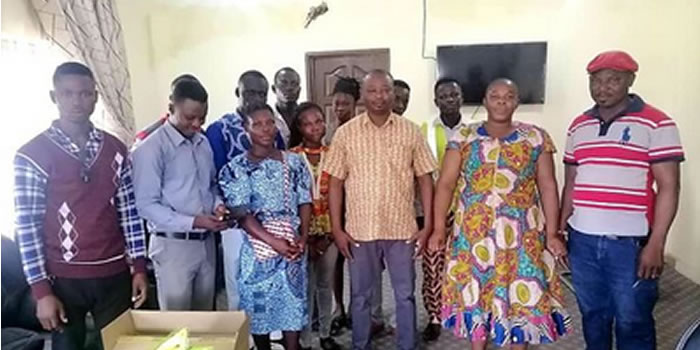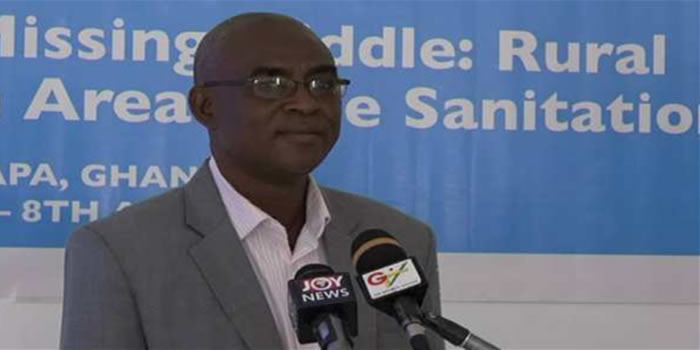

Introduction
The type of family one belongs, to a very large extent determines the identity of individuals. Two major types of family ties that inform household formation are the nuclear and the extended family systems. The nuclear family is made up of the father, mother and the children (adopted and or biological children). The extended family, on the hand, consists of the nuclear family, parents, siblings, and other relatives (Nukunya, 2003). Closely linked to the family is the formation of households in which members are not necessarily related by blood but live together and belong to a single consumption unit.
Size, Household Composition and Headship
The size of a nation?s population is mainly an aggregation of individual household members in the nation. The size, composition and structure of households are influenced by socio-economic and demographic factors such as age at first marriage and birth, length of time spent in school, cultural practices, occupation, capabilities of parents and couples. The social characteristics of a population consist of the size of a household, composition and headship, marital status, nationality, religious affiliation, literacy and education.
Household size
Table 3.1 shows household size by type of locality. The district has a household population of 44,827 and an average household size of 6.2, which is lower as compared to the region?s which 6.4 is. The table further reveals that, the average household size of a typically rural area in the district is 6.3 slightly higher than that of the urban (5.5).
Household composition
Table 3.2 shows household population by composition and sex. Table 3.2 shows that children (sons/daughters) form 44.4 percent of the total members of the household. Headships of household constitute 16.5 percent of household population, 26.7 percent of males are household?s heads and 7.0 percent of females are households? heads. The proportions of household who are spouse (wife/husband) is 11.2 percent with 0.6 percent of males being spouses and 21.2 percent of females been spouses. Adopted children constitute the least proportion (0.4%) of household members.
Household population by structure and sex
Table 3.3 shows household population by structure and sex. The table reveals that 23.4 percent of the household population live in a nuclear family system (Head, spouse(s) and children). Other nuclear family system comprised of the single parent nuclear, head only and head and spouse only, also represent 5 percent, 1 percent and 0.6 percent respectively. Of the total household population (13,488) of persons that live in the nuclear family system, 6,734(50.1%) are males while 6714(49.9%) are females. This indicates that there is no much difference in the male population in a nuclear family system as compared to that of the females.
The table again indicates that the proportion of households who live in an extended family system (Head, spouse(s), children and head relatives) in the district is 49.5 percent. Other extended family systems such as the single parent extended head spouse(s) and other composition constitute 11.2 and 3.2 percent respectively.
INFORMATION COMMUNICATION TECHNOLOGY
Introduction
Information Communication Technology (ICT) have become important tools in today?s knowledge based information society and economy. The role of ICT in an emerging economy such as Ghana has been widely recognized. This recognition is reflected in promoting the use of ICT in all sectors of the economy. This chapter analyses access to the ICT technologies/facilities in the form of ownership of mobile phones, use of internet, household ownership of fixed telephone lines and household ownership of desktop or laptop computers.
Ownership of Mobile Phones
Table 5.1 shows that out of the total population of 32052, 21.0 percent of them have mobile phones with 1.7 also having access to internet facility. The data further shows that, out of the population of males, 28.2 percent have mobile phones while just a few (2.3%) have access to internet facility.
From the table, it is again observed that, of the total female population, 14.6 percent have mobile phones with just a few of them using internet facility. More males of the male population own mobile phones (28.2%) as compared to the females (14.6%).
Use of Internet
The proportion of the population 12 years and older using internet facility is 1.7 percent. Even though most mobile have internet facility on them, the proportion that use the internet is far less than the ownership of mobile phones. From the table more than half of the population (64.2%) using internet facilities are males as compared to females 35.8 percent even though females population are higher than that of males.
Household Ownership of Desktop or Laptop Computer
Desktop and laptop computers are useful for accessing and processing information, including the use of the Internet, electronic mail and other services. For Nandom District, only 2.0 percent of total household number of 7,417 owns a desktop or laptop computers. This is lower than the regional figure of 3.7 percent. Moreover, just a few households (1.0%) have fixed telephone lines (Table 5.2).
Date Created : 4/11/2018 6:34:14 AM









 facebook
facebook
 twitter
twitter
 Youtube
Youtube
 +233 593 831 280
+233 593 831 280 0800 430 430
0800 430 430 GPS: GE-231-4383
GPS: GE-231-4383 info@ghanadistricts.com
info@ghanadistricts.com Box GP1044, Accra, Ghana
Box GP1044, Accra, Ghana